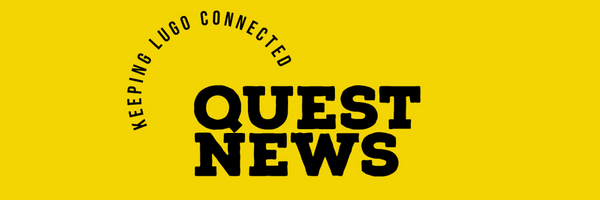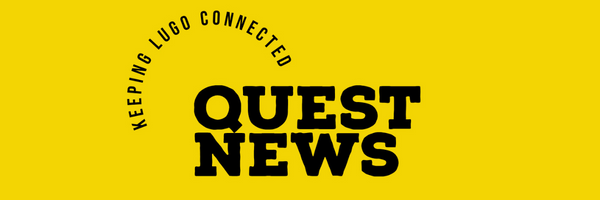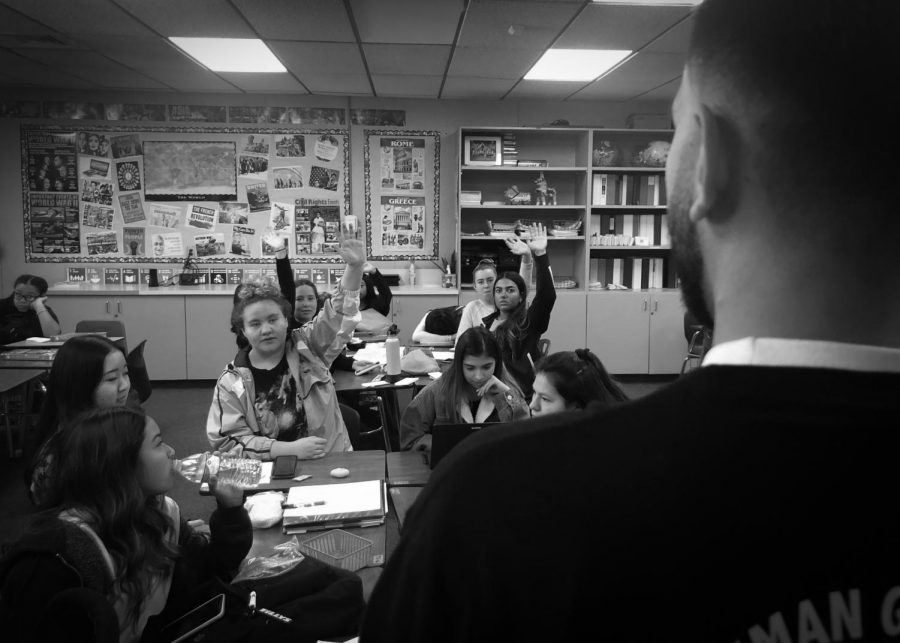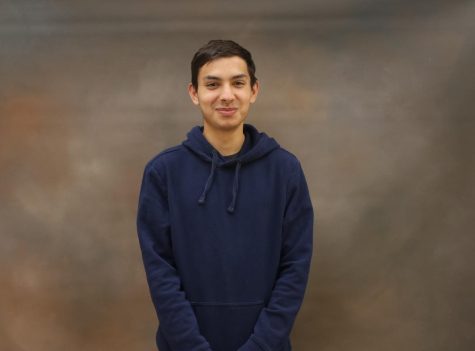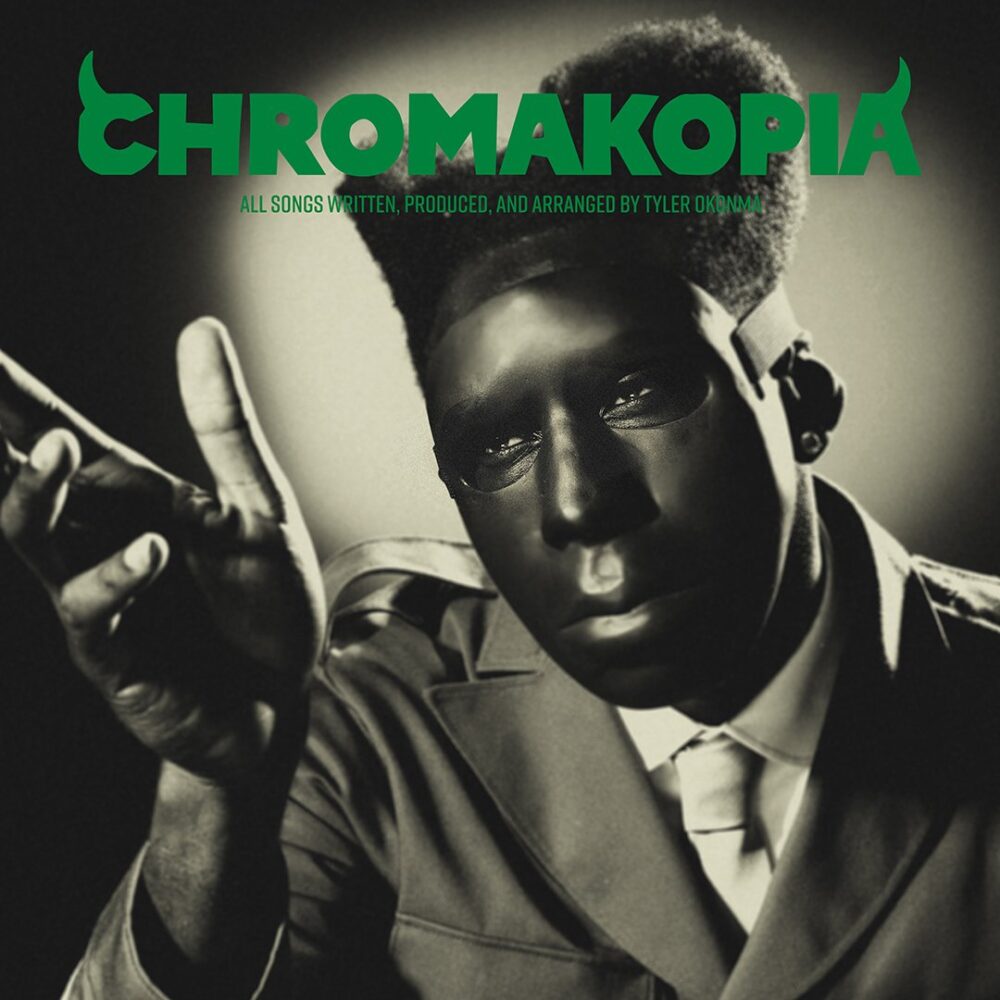Interesting poll among Lugo students shows social media is the go-to platform for WWIII protests
The traditional classroom environment is something that has been void from students lives for over a year as the pandemic swept through America.
January 28, 2020
The Jan 3 airstrike that killed General Solemani of the Iranian Military caused over three million tweets with hashtags #WWIII, #WWW3, and #worldwarthreedraft. On Instagram, 537,000 posts were stamped #WW3, while another 103,000 posts used the #WWIII. Among Facebook, over 36,000 members are following groups that are attempting to inform or discuss the topic of World War III; one of them being WWIII “Nuclear” News and Warnings a site dedicated to having 150 posts a day. Now, Facebook has 7,202 followers on their “WWIII Update” page.
As the idea of another hypothetical world war fuels conversations and social media posts, set off by the middle east, and features the Earth’s most powerful military powers, the world of social media is pumping information, comments, and discussion posts at an impressive rate.
Although social media is the go-to place for spewing ideas, controversies, and opinions on the idea of a WWIII, interestingly enough, it’s not the first place Don Lugo students say they would “TRULY” voice their protesting opinions. In fact, in a recent poll with 115 social science students, 18% agreed, that if our government went to war, they would actively pursue an anti-war protest or activism event or opportunity rather than pursuing anti-war sentiments via social media. By the same token, an additional 18% of Don Lugo students, from that same sample, said they would take to social media first, as a means of communicating anti-war propaganda or protesting. It sounds like Don Lugo students are part of a “doing” generation while the other half would pursue an active protest online to help these ideas spread quicker.
Last year, in a June 22 article titled, “Social media is the new heart of political protests”, writer Sharon Cohen concluded, “The new wave of political activism, marked by protests in the nation’s capital and cities across America, looks more anonymous.” Suggesting that it’s social media and its immediacy that are “radically transforming activism” so although some students may seek out social media first, there are still students who can include themselves in a generation that still has a willingness to go “out there” and rally behind an issue. Sharon Cohen explained it best, “A Facebook post or a series of tweets can fill the streets, jam a state capitol or block an expressway.”
The cliche’ that “History always repeats itself” isn’t far from the truth in this circumstance. During the 1960s and into the 1970s, amid the turbulence of protests for civil rights and against the Vietnam War, every movement seemed to have a famous face — someone at a podium or at the front of a march who possessed a charismatic style, soaring oratory and an inspiring message. This is no longer the case. The podium is a digital one and seems to exist in the platforms of Instagram, Twitter, and Facebook.
Social media gives the next generation into anti-war ideals in both the real world and social media. Congress should take notes about the value social media has on young people to spread information fast and easy. Social media is proving that ideas and information spreads fast, no matter who is “at the podium”.
